Identifying a DS2151 or DS2153
Boards designed for T1 or E1 operation have an installation option for either the DS2151 or the DS2153 single-chip transceiver.The following procedure allows software to identify which device is installed and then carry out the proper initialization and driver load:
- Write 00h to address 7Dh, 36h, 15h, 19h
- Write 55h to address 23h
- Read address 23h
- If read of address 23h = 55h, then the device is a DS2153; else, the device is a DS2151.
Identifying a DS2152 or DS2154
Since the DS2152 and DS2154 are pin-compatible devices, a single board can be created that will work with either device. To easily determine which device is installed on the board, the software only needs to poll the device identification register to determine if the device is T1 or E1 and what its revision number is.IDR: Device Identification Register
| (MSB) | ? | ? | ? | ? | ? | ? | (LSB) |
| T1E1 | 0 | 0 | 0 | ID3 | ID2 | ID1 | ID0 |
The T1E1 bit is used to determine the device, which is 0 for a DS2152 and 1 for a DS2154. The four IDR bits are used to determine the revision of the device. Revision A1 is assigned the bit pattern of 0000, A2 is assigned 0001, and so forth.
Because of an A2 revision error of the DS2152, reading the device identification register will return the value of 80h instead of 01h. The value of 80h was originally reserved for revision A1 of the DS2154. This revision was never released, so the value of 80h is unique to the DS2152 A2 revision.
To correctly identify the devices, implement the following algorithm in software:
Read the ID register
If (MSB = 0), then DeviceID = DS2152
Else if ID register = 80h, then DeviceID = DS2152
Else DeviceID = DS2154
Identifying a DS21X5Y
Since the DS21352, DS21552, DS21354, and DS21554 are pin-compatible devices, a single board can be created that will work with any device. To easily determine which device is installed on the board, the software only needs to poll the device identification register to determine if the device is T1 or E1 and what its revision number is.IDR: Device Identification Register
| (MSB) | ? | ? | ? | ? | ? | ? | (LSB) |
| T1E1 | Bit 6 | Bit 5 | Bit 4 | ID3 | ID2 | ID1 | ID0 |
The T1E1 bit is used to determine the device, which is 0 for a DS21X52 and 1 for a DS21X54. The four most significant bits (T1E1, Bit 6, Bit 5, and Bit 4) are used to determine the exact device part number. The following table shows how to interpret the specific bit patterns for the DS21X5Y devices and the DS2152 and DS2154.
Device Identification Bit Map
| Device | T1E1 | Bit 6 | Bit 5 | Bit 4 |
| DS2152 | 0 | 0 | 0 | 0 |
| DS21352 | 0 | 0 | 0 | 1 |
| DS21552 | 0 | 0 | 1 | 0 |
| DS2154 | 1 | 0 | 0 | 0 |
| DS21354 | 1 | 0 | 0 | 1 |
| DS21554 | 1 | 0 | 1 | 0 |
The four IDR bits are used to determine the revision of the device. Revision A1 is assigned the bit pattern of 0000, A2 is assigned 0001, and so forth. Note that part revisions are assigned sequentially, which means if a part has revisions A1, A2, and B1, then the assigned bit patterns are 0000, 0001, and 0010.
Identifying a DS2155
Since the DS2155 is pin compatible with the DS21352, DS21552, DS21354, and DS21554 devices, a single board can be created that will work with any device. To easily determine which device is installed on the board, the software only needs to poll the device identification register to determine which device the board is populated with and what its revision number is.IDR: Device Identification Register
| (MSB) | ? | ? | ? | ? | ? | ? | (LSB) |
| ID7 | ID6 | ID5 | ID4 | ID3 | ID2 | ID1 | ID0 |
Since the DS2155 is a T1, J1, and E1 device, the four most significant bits (ID7, ID6, ID5, and ID4) are used to determine the exact device part number. The following table shows how to interpret the specific bit patterns for the DS2155.
Device Identification Bit Map
| Device | T1E1 | Bit 6 | Bit 5 | Bit 4 |
| DS2155 | 1 | 0 | 1 | 1 |
The four least significant bits (ID3, ID2, ID1, and ID0) are used to determine the revision of the device. Revision A1 is assigned the bit pattern of 0000, A2 is assigned 0001, and so forth. Note that part revisions are assigned sequentially, which means if a part has revisions A1, A2, and B1, then the assigned bit patterns are 0000, 0001, and 0010.
 電子發(fā)燒友App
電子發(fā)燒友App










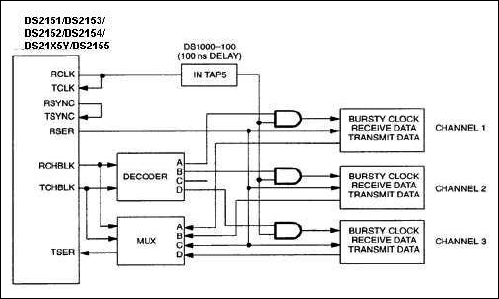
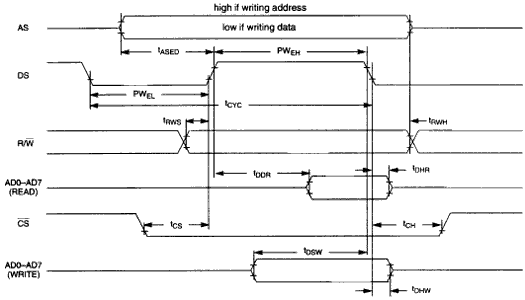
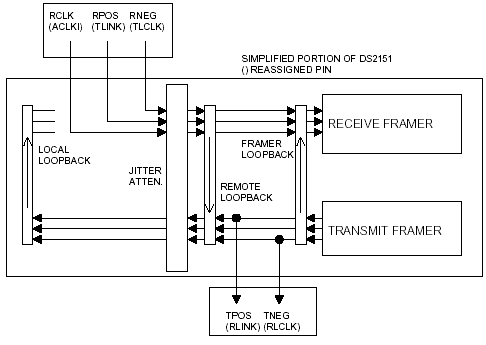
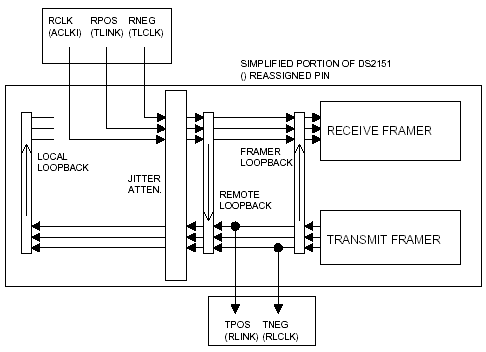
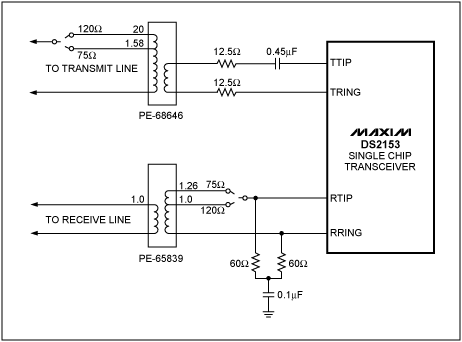


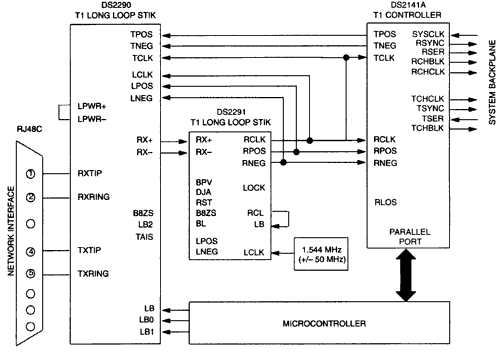


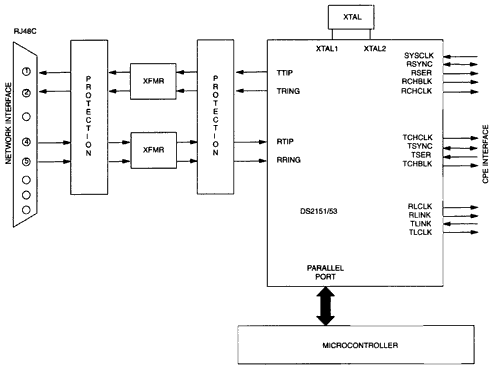

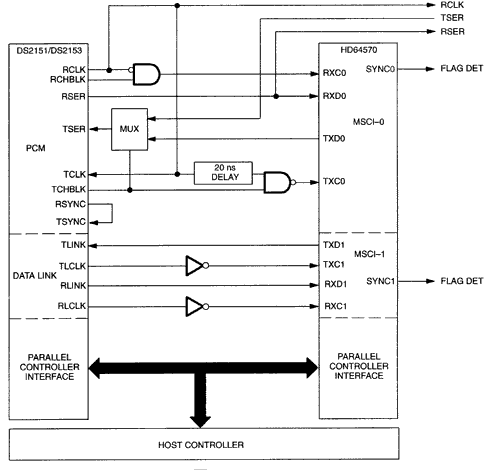
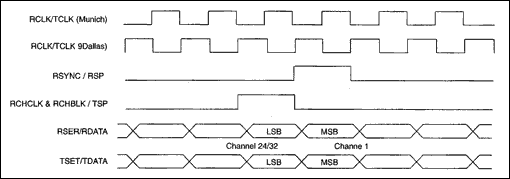
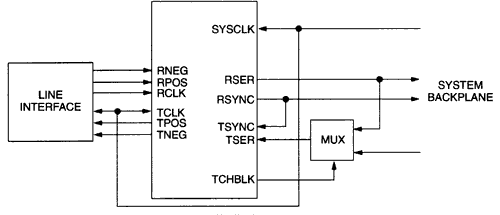

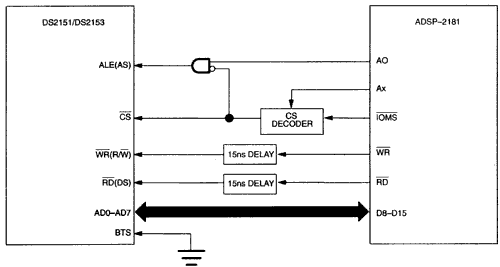


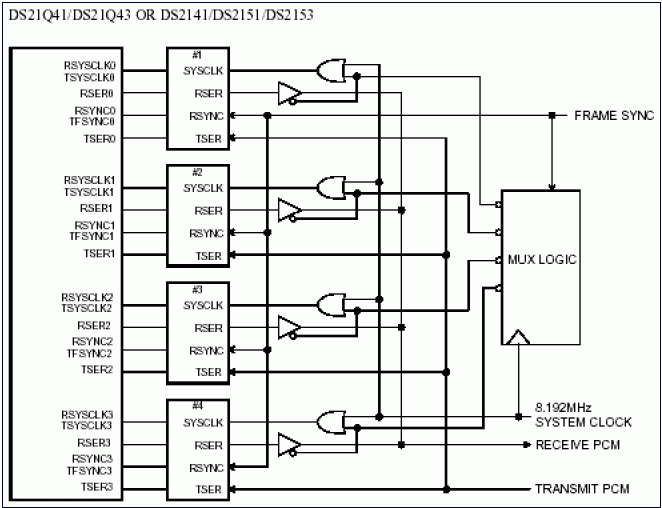
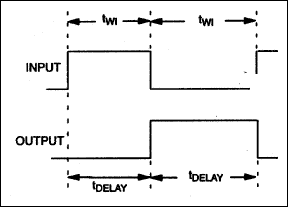
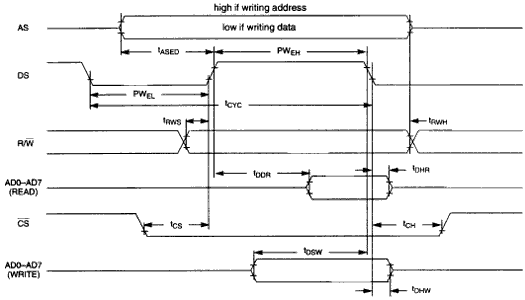
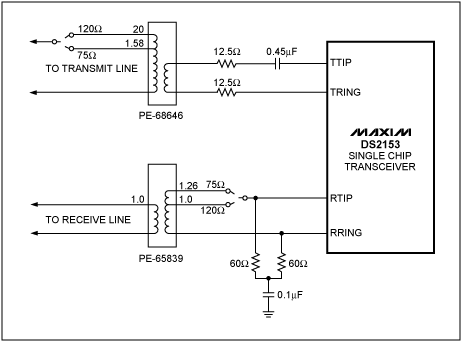
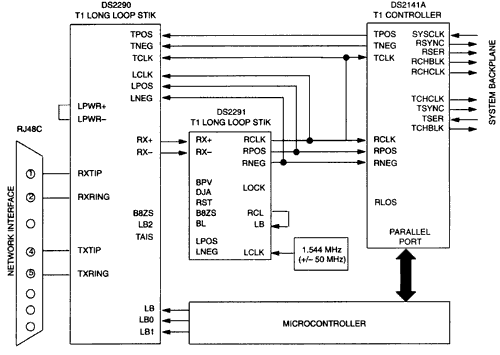




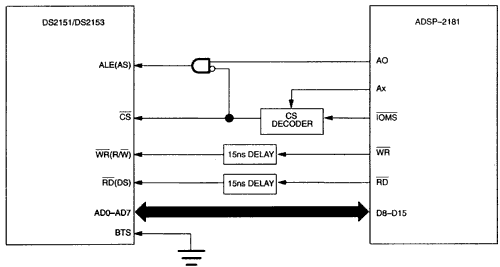
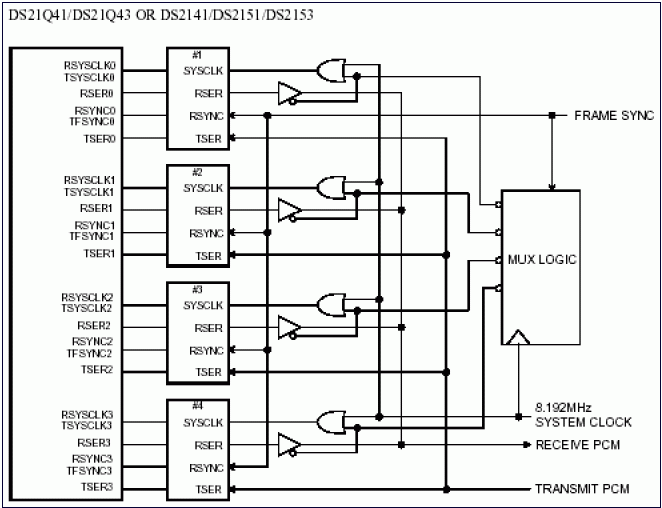


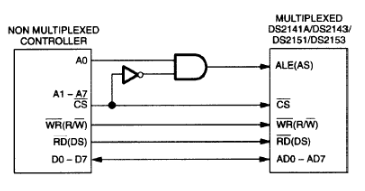










評論